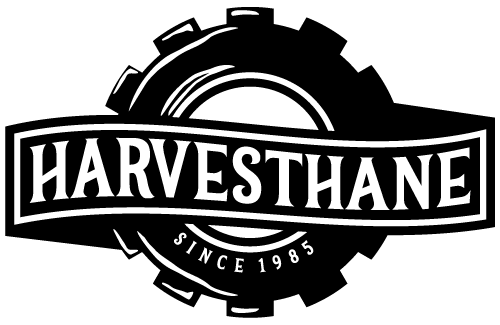![]() The processes of adhering rubber Silicone Parts – Molded Dimensionsto metal components are widespread techniques in the rubber industry. Generally the same considerations and procedures are applicable for rubber to rigid non-metallic components, but the adhesion values may be lower. Various adhesion levels can be obtained. For instance, to obtain adhesion on critical products, such as engine mounts, very close controls are required, both on metal and rubber preparation. Some products may require only enough adhesion for assembly. The adhesion level (tear/tensile strength) is directly affected by type of metal, surface preparation, non-metallic inserts, compound composition, curing conditions, and type of adhesive.
The processes of adhering rubber Silicone Parts – Molded Dimensionsto metal components are widespread techniques in the rubber industry. Generally the same considerations and procedures are applicable for rubber to rigid non-metallic components, but the adhesion values may be lower. Various adhesion levels can be obtained. For instance, to obtain adhesion on critical products, such as engine mounts, very close controls are required, both on metal and rubber preparation. Some products may require only enough adhesion for assembly. The adhesion level (tear/tensile strength) is directly affected by type of metal, surface preparation, non-metallic inserts, compound composition, curing conditions, and type of adhesive.
Methods to Obtaining Adhesion
The method most commonly used to obtain adhesion rubber and metallic or non-metallic components is the use of adhesive cements. Prior to the use of these special adhesives, the surface of the insert must clean and free of contamination. The inserts may be prepared by suitable methods such as degreasing, blasting, and/or a suitable chemical treatment. When any one of these preparatory processes is objectionable, it should be noted. The compound is then vulcanized on the prepared inserts to obtain the desired adhesion.
Design Factors and Limitations include:
- Avoid localized stress raised irregularities
- Minimize edge effects. Break, coin or otherwise eliminate sharp edges of all metallic members covered by the rubber.
- Minimize surface roughness of metallic members in area adjacent to adhered rubber
- Avoid welding a molded rubber component to a machine or structure to prevent unnecessary heat deterioration.
Test Methods for determining Adhesion Values
Adhesion testing is done in several ways, depending upon the application and product design. These methods are:
Method A: Rubber adhered between two parallel metal plates.
Method B: Ninety degree stripping test, rubber adhered to one metal plate.
The above methods are used primarily for laboratory development and testing production parts. These methods may be modified and applied as described under RMA Production Test Method.



